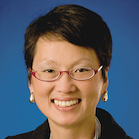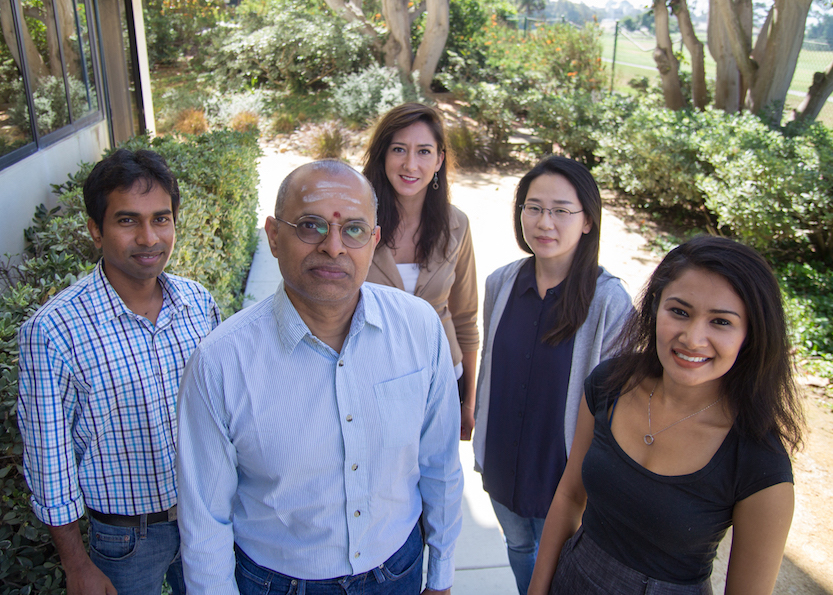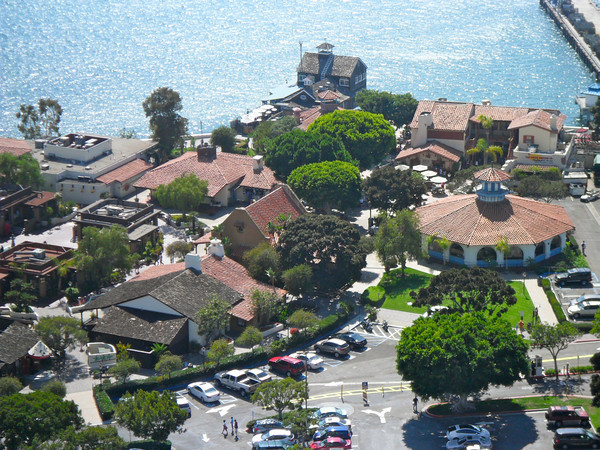Daily Business Report-Jan. 8, 2018
Research team, from left: Subhendu Bhowmik, Ramanarayanan Krishnamurthy, Clémentine Gibard, Kim, Eun-Kyong, Megha Karki
Chemists Discover Plausible
Recipe for Early Life on Earth
Chemists at The Scripps Research Institute (TSRI) have developed a fascinating new theory for how life on Earth may have begun.
Their experiments, described today in the journal Nature Communications, demonstrate that key chemical reactions that support life today could have been carried out with ingredients likely present on the planet four billion years ago.

“This was a black box for us,” said Ramanarayanan Krishnamurthy, associate professor of chemistry at TSRI and senior author of the new study. “But if you focus on the chemistry, the questions of origins of life become less daunting.
For the new study, Krishnamurthy and his coauthors, who are all members of the National Science Foundation/National Aeronautics and Space Administration Centrer for Chemical Evolution, focused on a series of chemical reactions that make up what researchers refer to as the citric acid cycle. Every aerobic organism, from flamingoes to fungi, relies on the citric acid cycle to release stored energy in cells. In previous studies, researchers imagined early life using the same molecules for the citric acid cycle as life uses today. The problem with that approach, Krishnamurthy explains, is that these biological molecules are fragile and the chemical reactions used in the cycle would not have existed in the first billion years of Earth — the ingredients simply didn’t exist yet.
Leaders of the new study started with the chemical reactions first. They wrote the recipe and then determined which molecules present on early Earth could have worked as ingredients.
The new study outlines how two non-biological cycles — called the HKG cycle and the malonate cycle — could have come together to kick-start a crude version of the citric acid cycle. The two cycles use reactions that perform the same fundamental chemistry of a-ketoacids and b-ketoacids as in the citric acid cycle. These shared reactions include aldol additions, which bring new source molecules into the cycles, as well as beta and oxidative decarboxylations, which release the molecules as carbon dioxide (CO2).
As they ran these reactions, the researchers found they could produce amino acids in addition to CO2, which are also the end products of the citric acid cycle. The researchers think that as biological molecules like enzymes became available, they could have led to the replacement of non-biological molecules in these fundamental reactions to make them more elaborate and efficient.
“The chemistry could have stayed the same over time, it was just the nature of the molecules that changed,” says Krishnamurthy. “The molecules evolved to be more complicated over time based on what biology needed.”
“Modern metabolism has a precursor, a template, that was non-biological,” adds Greg Springsteen, first author of the new study and associate professor of chemistry at Furman University.
Making these reactions even more plausible is the fact that at the center of these reactions is a molecule called glyoxylate, which studies show could have been available on early Earth and is part of the citric acid cycle today (called the “Glyoxylate shunt or cycle”).
Krishnamurthy says more research needs to be done to see how these chemical reactions could have become as sustainable as the citric acid cycle is today.
In addition to Krishnamurthy and Springsteen, authors of the study, “Linked Cycles of Oxidative Decarboxylation of Glyoxylate as Protometabolic Analogs of the Citric Acid Cycle,” were Jayasudhan Reddy Yerabolu of The Scripps Research Institute and the National Science Foundation (NSF)/National Aeronautics and Space Administration (NASA) Center for Chemical Evolution; and Julia Nelson and Chandler Joel Rhea of Furman University.
This work was jointly supported by the NSF and NASA Astrobiology Program under the NSF Center for Chemical Evolution (grant CHE-1504217). Additional support came from an Arnold and Mabel Beckman Foundation Beckman Scholars Award and a Henry Keith and Ellen Hard Townes Professorship.
__________________

$36.55 million Construction Loan Arranged
for Renovation of The Guild San Diego
A $36.55 million construction loan has been arranged for the renovation and development of The Guild San Diego, a 163-room boutique hotel in Downtown San Diego. Working on behalf of the developer, Oram Hotels, the HFF team placed the construction loan with Regents Bank.
Loan proceeds will be used to continue the conversion of the historic 500 West Broadway building into a four-star boutique hotel with an expected completion in spring 2019. Azul Hospitality Group will manage the hotel.
The Guild San Diego will be part of Marriott’s recently acquired Tribute Portfolio brand. The seven-story hotel will feature 7,000 square feet of indoor meeting space and 9,000 square feet of outdoor banquet space; a garden and courtyard featuring art, floating walls, green areas and lounge seating; guest rooms with a blend of modern finishes and rustic touches, including reclaimed wood headboards and concrete ceilings; and several food and beverage options, including an edgy in-house restaurant and tapas kitchen, courtyard cocktail bar, lobby bar, basement speakeasy and specialty coffee bar with mercantile shop carrying local San Diego flagship brands.
HFF’s debt placement team included senior managing director Aldon Cole and managing director Scott Hall.
__________________
Cuyamaca College Conference Explores
Careers for Women in the Water Industry

California Community Colleges Executive Vice Chancellor Van Ton-Quinlivan, a nationally recognized workforce development leader, will be the keynote speaker at a Jan. 18 Cuyamaca College conference promoting career opportunities for women in the water industry — opportunities that will continue to flourish because of an aging workforce.
Cuyamaca College’s new Center for Water Studies is working with the National Science Foundation to increase the number of women in the water and wastewater industry, and the Women in Water: Exploring Career Pathways symposium is the latest part in that effort.
Women in Water: Exploring Career Pathways is scheduled from 8 a.m. to 4:30 p.m. at the Cuyamaca College Student Center. A variety of water industry officials will lead panel discussions aimed at both those interested in launching a new career in the field and those who are already in the field but are looking for an opportunity to advance. Panelists will include women who have gone on to enjoy successful careers with water agencies and interns who are breaking into the field. Ton-Quinlivan, who was recently promoted to executive vice chancellor of workforce & digital futures, is set to speak at noon.
To register, visit www.cawaterworks.org.
__________________
Guild Mortgage Earns J.D. Power Award
for ‘Highest in Customer Satisfation’
San Diego-based Guild Mortgage earned the J.D. Power award for “Highest in Customer Satisfaction with Primary Mortgage Sales in the U.S.”, based on results from its 2017 Primary Mortgage Origination Satisfaction Study released last month.
Guild Mortgage achieved a score of 878 out of 1,000 possible points, ranking highest in mortgage origination customer satisfaction. This marks the first time Guild has been ranked in the annual J.D. Power survey.
The 2017 U.S. Primary Mortgage Origination Satisfaction Study measures customer satisfaction with the mortgage origination experience in six factors, including application/approval process, interaction, loan closing, loan offerings, onboarding and problem resolution. The study is based on responses from 5,893 customers who originated a new mortgage or refinanced within the past 12 months, and was fielded in July-August 2017.
Guild achieved record loan volume of $15.9 billion in 2016, which was up 15.3 percent from $13.8 billion in 2015. Since 2010 (when loan volume was $4.1 billion), Guild has grown more than four-fold, expanding from its base in the West to the Southwest, Southeast and South, and now into the Midwest.
__________________
UC San Diego Receives Record Number
of Applications for the Fall 2018 Term
The University of California San Diego has received a record number of applications, with 97,670 freshmen and 18,782 transfers applying for fall 2018 admission. Applications to the campus have been steadily climbing for more than a decade, as its reputation has grown as one of the world’s top research universities. UC San Diego saw a 10 percent increase among freshmen and 6 percent rise among transfers, compared to last year. UC San Diego has the second highest number of applicants among the University of California campuses.




